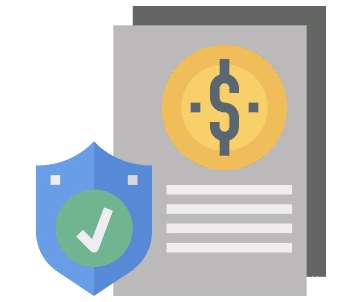Reading makes you smart(er)
Legal Research is Easy
AUGUST 26, 2019
So, today as I was going about my business, my brother sent me a funny list of newspapers and persons who reads them, to wit: The Wall Street Journal is read by the people who run the country. The Washington Post is read by people who think they run the country. The New York Times is read by people who think they should run the country, and who are very good at crossword puzzles.











Let's personalize your content